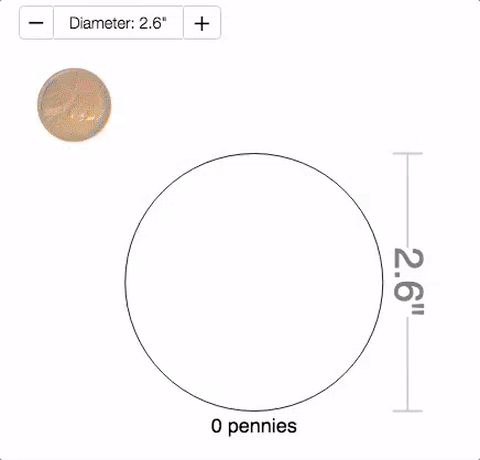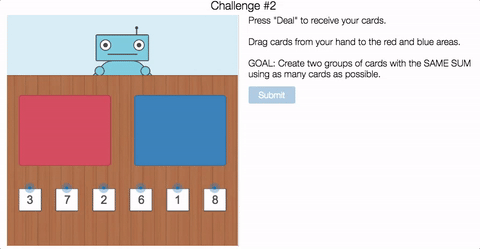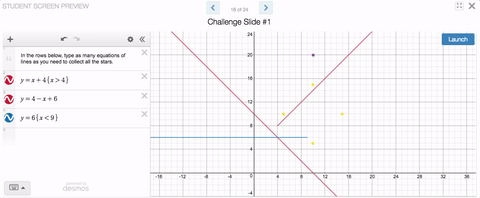Desmos Collaborates with the New York Times Learning Network and the American Statistical Association to Improve Statistical Literacy in K-12 Education
Desmos is excited to announce a collaboration with the New York Times Learning Network and the American Statistical Association to help students experience the power of statistical literacy in the world around them in a feature called What’s Going on in This Graph?
This feature began in Fall 2017, with the New York Times Learning Network selecting a particularly relevant or newsworthy graph from the New York Times’ original reporting and the American Statistical Association hosting a live, worldwide discussion about the graph on the NYTLN website. Desmos will now use its Activity Builder technology to help its worldwide network of teachers host those discussions inside their own classrooms, asking students to interpret the graphs in rich, interesting ways.
“These graphs from the New York Times are full of facts and relationships that students can notice and wonder about,” said Dan Meyer, Chief Academic Officer at Desmos. “We hope that this collaboration will help all the students and teachers who use Desmos to read news articles with sharper eyes.”
“The American Statistical Association is proud to be in partnership with the New York Times Learning Network to host WGOITG and now to collaborate with Desmos to expand the reach and classroom discussion,” said American Statistical Association member Sharon Hessney. “With our weekly online moderation and support materials, the outstanding Times graphs, and the interactive Desmos platform, students can engage with timely graphs and statistics. There are graphs with a discussion for students of any grade and any course.”
“We think the award-winning graphs from The New York Times and the Upshot section are a gold mine for teachers,” said Michael Gonchar, an editor with the New York Times Learning Network. “Through our partnership with the American Statistical Association and new collaboration with Desmos, we hope to make more math and statistics teachers aware of how these graphs, on topics ranging from climate change and student debt to Facebook friendships and running speed, can be used in class to connect today’s world to what students are studying in class.”



